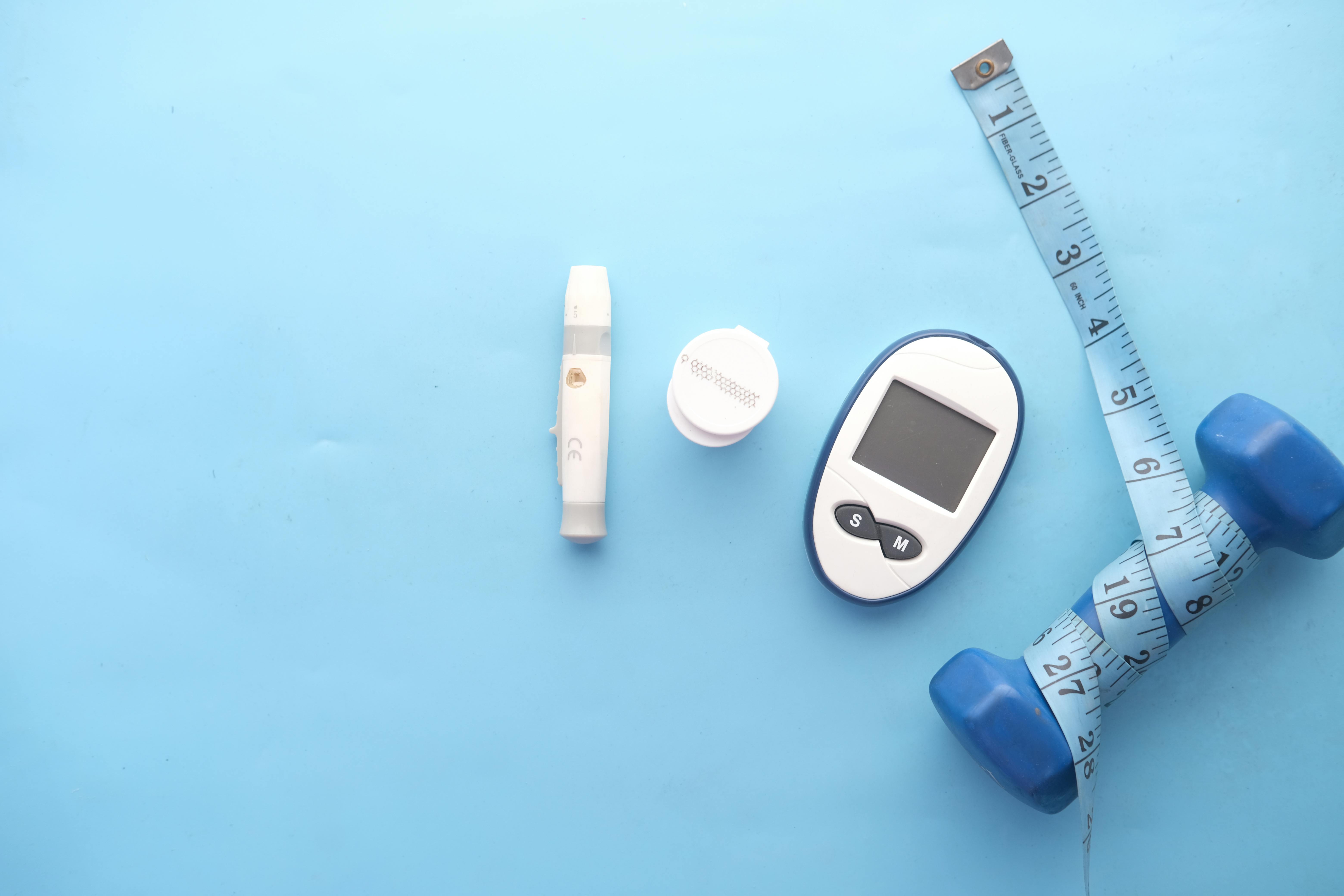
Wed, Oct 15, 2025 11:00 PM
Technology has completely transformed healthcare. From virtual consultations to real-time health monitoring, innovations like VMed Mobile are redefining how we track our well-being. But while smart wellness systems are powerful tools, they’re not complete replacements for traditional medical devices or in-person doctor visits.
This article explores the pros, limitations, and appropriate use cases of VMed compared to conventional medical tools and when it’s still essential to see a healthcare professional.
Understanding VMed and Its Purpose
VMed is a mobile-integrated wellness system designed to help users stay connected to their health data. It combines real-time monitoring, mobile plan integration, and cloud-based data sharing to give users better control of their health anytime, anywhere.
According to Why VMed Mobile Is Redefining Healthcare and Connectivity, this technology bridges the gap between patients and providers by using connectivity as the foundation for smarter care.
Unlike traditional medical devices that operate independently, VMed’s system synchronizes your vital signs with healthcare providers in real-time, helping detect anomalies early.
Traditional Medical Devices: Reliable, But Limited by Accessibility
Traditional medical devices like blood pressure monitors, pulse oximeters, or ECG machines have long been the backbone of clinical diagnostics. Their readings are often more specialized and highly accurate. However, they require:
- Manual operation
- Physical presence in clinics or hospitals
- Trained personnel for setup and interpretation
For routine use, these devices may not always be convenient or accessible, especially for individuals in remote or underserved areas.
The Core Difference: Connectivity
The biggest difference between VMed and traditional devices is connectivity.
While traditional devices capture health data locally, VMed systems can transmit data in real-time through built-in mobile connectivity. As explained in How Mobile Plans Ensure Real-Time VMed Health Alerts, this allows automatic alerts to be sent to healthcare providers or caregivers if a user’s vitals cross dangerous thresholds.
This seamless integration between health data and mobile technology enables proactive healthcare—instead of reacting after symptoms worsen.
Advantages of Using VMed Over Traditional Medical Devices
1. Continuous Monitoring and Alerts
VMed’s smart monitoring feature continuously tracks vital signs such as heart rate, blood oxygen, and temperature. Users and healthcare providers receive instant alerts for irregularities.
This continuous monitoring is particularly valuable for chronic illness management or elderly care—where early intervention can prevent serious complications.
2. Mobility and Convenience
Unlike bulky, clinic-based devices, VMed fits modern lifestyles. It’s portable, user-friendly, and powered by mobile connectivity, giving you access to your health data on the go.
3. Integration with Mobile Plans
According to Wellness Systems with Built-In Data Plans: Are They Worth It?, the inclusion of data plans in wellness devices ensures that users don’t rely on Wi-Fi or manual data syncing. The device remains connected wherever you go, ensuring uninterrupted health tracking.
4. Enhanced Patient Engagement
By offering real-time insights, users become more engaged with their own health. You can make data-driven lifestyle adjustments—like increasing hydration or managing stress levels—without waiting for the next doctor appointment.
5. Telemedicine Synergy
VMed complements telemedicine perfectly. The real-time transmission of data enables physicians to remotely monitor patients, reducing unnecessary visits while still maintaining professional oversight.
Limitations of VMed and Similar Systems
While VMed offers game-changing convenience, it’s not without limitations.
1. Dependence on Network Coverage
Since VMed relies on connectivity, poor network coverage can affect data transmission. This can be a concern in remote areas or during travel where signal strength is weak.
2. Limited Diagnostic Capability
VMed’s goal is monitoring, not diagnosing. It can detect trends or anomalies, but it doesn’t replace the diagnostic precision of medical-grade equipment used in hospitals.
3. Data Privacy Concerns
Any connected device carries privacy risks. Although VMed implements advanced security measures, users must ensure they follow best practices for protecting personal health data.
4. Maintenance and Calibration
Traditional devices require calibration to maintain accuracy. Similarly, VMed must be updated regularly and maintained to ensure reliable readings.
When Traditional Devices Still Matter
Even with cutting-edge innovation, traditional medical devices remain vital. You should always rely on a doctor’s expertise for:
- Initial diagnosis of new or worsening symptoms
- Clinical testing that requires high-precision readings (e.g., imaging, lab work)
- Emergency situations, where professional medical intervention is crucial
- Treatment decisions, which must be guided by licensed medical professionals
VMed enhances daily monitoring, but it’s not a substitute for professional diagnosis and treatment.
When a Doctor Visit Is Still Needed
Here are scenarios where consulting a doctor remains essential:
- Sudden, unexplained changes in your vital signs
- Persistent symptoms despite normal readings
- Medical emergencies, such as chest pain or shortness of breath
- Device alerts indicating critical changes in your health
VMed can alert you to an issue, but a doctor’s expertise determines the cause and next steps.
Comparing VMed Plans for Different Needs
Different users have varying needs, and VMed caters to that. According to Comparing the VMed Total Care vs. Total Care Plus Plans, both options provide real-time monitoring and connectivity, but the Plus plan offers more advanced integrations and support features—ideal for users requiring continuous care.
The Future of Connected Healthcare
The line between healthcare and technology continues to blur. As connectivity improves and mobile-based monitoring becomes more sophisticated, VMed and similar systems will become even more capable potentially incorporating AI-driven predictive analytics, faster alerts, and broader diagnostic compatibility.
Conclusion
VMed represents a monumental step forward in accessible, connected healthcare. It bridges the gap between traditional medical devices and modern mobile innovation, offering users real-time data, mobility, and peace of mind.
However, it’s crucial to remember that while VMed is an excellent support tool, it complements rather than replaces medical professionals and traditional diagnostic equipment. Used together, they create a healthcare ecosystem that’s smarter, faster, and more personalized than ever before.